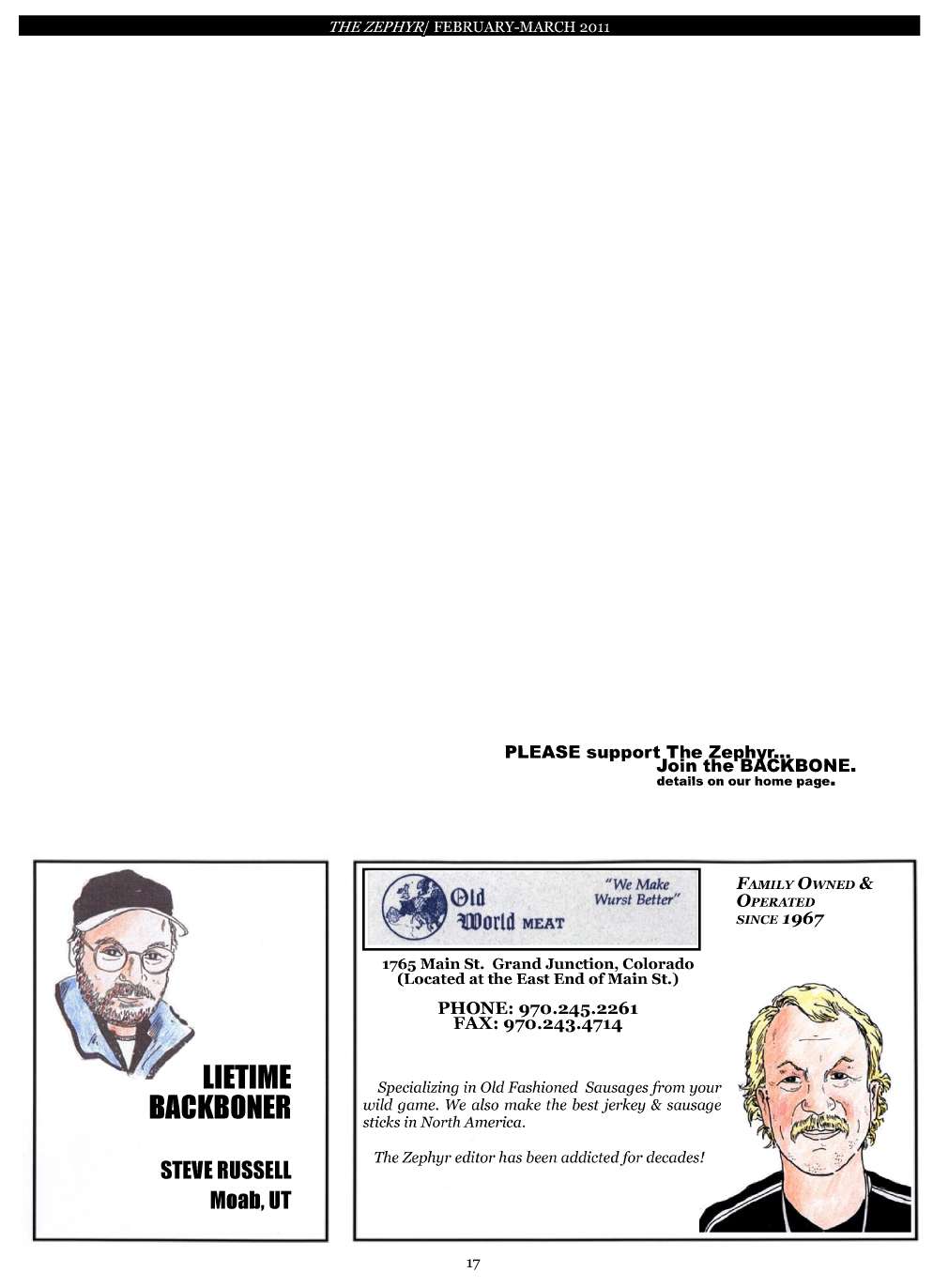<<Prev Home PDF Next>>

swallowing up rabbits.
In
1988 the eminent NASA climatologist James Hansen famously testified to
Congress that global warming was outright dangerous. In response,
Congress did nothing. In late 2005 Hansen asserted that if humanity
continues its business-as-usual CO2 emissions we can expect
catastrophic sea level rises, the extinction of a large fraction of the
planet's plant and animal species, and the melting of glaciers
supplying river water to untold millions, especially in Asia. Deeply
concerned, the Bush administration resorted to Soviet-style tactics in
an effort to intimidate and silence him. Congress did nothing.
In
December, 2007, Hansen determined that the planet's level of CO2, then
385 parts per million, was already dangerously high and that a safe
level is 350 ppm or less. And was soon backed up by colleagues. The
House of Representatives did respond: by passing an unworkable cap and
trade bill that toadied to the near-term interests of coal and power
companies. We could thank the Senate for doing what it usually does in
such essential matters - nothing - but that's like thanking an addict
for drinking as much vodka as usual.
The current atmospheric CO2 level is 390 ppm.
Back
to our collective addiction. If we keep on gettin' high on cheap
energy, continuing our slide toward cultural dissolution, we may very
well try switching drugs. From oil, coal, and natural gas to, let's
say, wind and solar; imagining that they will be our "safe drugs." But
barfing up enough energy to keep the system glittering and growing will
take mas-
If we keep on gettin' high on cheap energy,
continuing our slide toward cultural dissolution,
we may very well try switching drugs.
From oil, coal, and natural gas to,
let's say, wind and solar; imagining that
they will be our "safe drugs."
sive
arrays of heavily capitalized, corporate wind farms; thousands of
hulking great wind turbines, shattering what continuity and resonance
still remain in our landscape. As well as industrial-sized solar
facilities spread across our Western deserts, obliterating fragile
desert ecosystems. Switching drugs to perpetuate our addiction to cheap
energy will only escalate "the blind destruction for the sake of greed
of this natural paradise which lies all around us - if only we were
worthy of it," as Edward Abbey said. (Desert Solitaire, p.
167.)
Wind
and solar will become key energy sources in any case, but if we get
clean & sober we will use them on a much more modest scale than we
ever used fossil fuels. That would be a marker of our sobriety.
During the month that followed,
the days in the monastery flowed so smoothly
into one another that I don't recall distinct moments
of either discontentment or pleasure.
At the same time there was subtle sweetness
in everything I saw or heard or did;
so subtle that I was hardly conscious of it.
Currently,
American society can be compared to an alcohol addict who has just been
told by his doctor, one James Hansen, that his liver enzymes are
elevated and that if he doesn't quit drinking, and soon, his condition
will worsen into cirrhosis and he will die. After receiving this grim
warning, he cruises over to his favorite watering hole, The Dreamscape
Lounge, and knocks down five shots of Jack Daniels with beer backs. As
he sits in the cool ambience of the bar, he meditates on his situation.
Maybe the doc is right, he thinks. Maybe I should cut back on my
drinking. He takes a swallow of draft beer, feeling the golden fluid
sliding down his throat, and then he nods. You know, maybe I can cut
back to just beer.
Then he orders another shot of Jack.
When
addicts do finally accept that their drugs of choice have become
overwhelmingly destructive, they typically resort to switching drugs.
The illusion they pursue at this point is that there must be a drug out
there that will allow them to keep gettin' high without horrifying
consequences.
They
have two classical strategies. The historic one is giving up liquor or
other drugs in favor of beer. In this case the addict's mirage is that
beer will somehow be a "safe" drug for him, even when he's been plainly
informed that many if not most alcohol addicts are primary beer
drinkers. He thinks, Yeah, but I'm not like them, I can handle it. Drug
and alcohol counselors call this "terminal uniqueness."
The
second strategy, more favored in recent decades, is switching to
marijuana. The question you ask the addict is, Are you gonna smoke it
every day? You usually get a blank look in response, because addicts
assume that toking weed on a daily basis is what normal people do. When
you point out that extended daily marijuana use is consistent with
ad-dictioni, your addict says, Well, everybody I know smokes it like
that. And you say, That's probably because your friends are addicts.
You can imagine the route the conversation takes from there.
What
addicts are trying to avoid by switching drugs, of course, is a
paradigm shift in how they live and the way they think; exactly what's
necessary to adapt to a life that offers subtle rather than wired-up
pleasures.
Sometimes,
though, the paradigm shift does happen. The crazy thing is you never
know beforehand within whom the inner explosion will occur, and least
of all when. What you do know is that when addicts get clean &
sober, really do it, they're often among the sweetest and most
spiritually advanced people on the planet.
Scott Thompson is a regular contributor to The Zephyr. He lives in Beckley, West Virginia.
<<Prev Home PDF Next>>